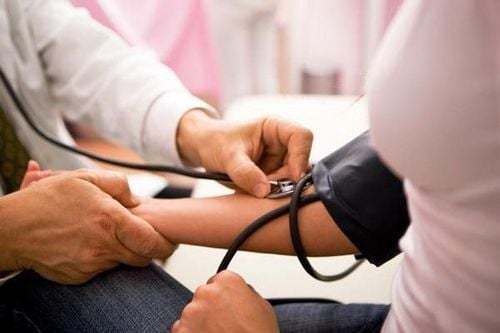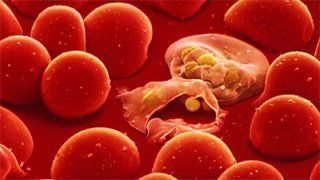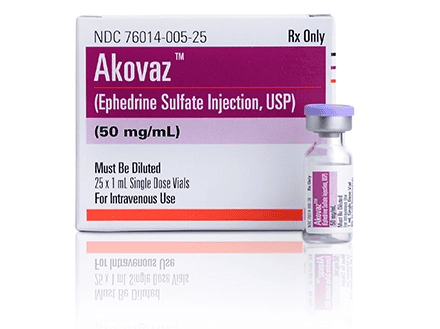This is an automatically translated article.
There are many causes of syncope, one of the most common is the vagus nerve. The diagnosis is mainly based on clinical factors, in addition to laboratory tests to help rule out other dangerous causes.
1. What is vagus syncope?
Syncope is a temporary loss of consciousness due to lack of blood supply to the brain, syncope is usually rapid, short in duration and fully recovers.
Vagus syncope occurs when the body overreacts to surrounding or emotional factors. For example, fear of something, emotional grief leading to a short-term loss of consciousness caused by a sudden drop in heart rate and blood pressure, which in turn reduces blood flow to the brain.
Usually syncope can occur at any age, syncope due to vagus nerve is usually not harmful. However, it is possible that when fainting, the impact will cause damage.
Causes of vagus syncope: Vagus syncope occurs when the part of the nervous system that regulates heart rate and blood pressure is affected in response to a certain response.
Some situations where fainting due to vagus reflex may be encountered such as:
Having to stand for a long time. Scenes of blood or scenes of accidents. The situation caused the emotion to be too strong. Long time exposure to high temperature place. When taking blood, when changing position. Fear of trauma, fear of pain due to trauma. Excessive stress.
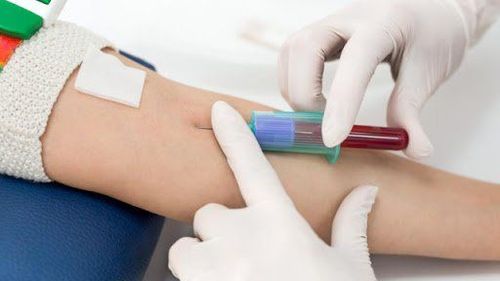
Khi lấy máu có thể xuất hiện tình trạng ngất do phản xạ thần kinh phế vị
2. Diagnosis of vagal syncope
Diagnosis of vagus syncope is mainly based on the clinical manifestations of the patient. However, it should be combined with laboratory tests to rule out other causes.
2.1 Clinical signs Before fainting can see signs such as:
Pale skin May have a slight headache. Dizziness. Sudden darkening of the eyes, limited vision. Nausea. Feeling hot or cold with sweat. Watch for signs of fainting:
Body jerks slightly or has unusual movements. The pulse is weaker and slower. The pupil is slightly dilated. Usually, the patient recovers after fainting for about 1 minute. But don't get up too early to avoid fainting again.
2.2 Tests and Diagnosis Syncope can be caused by other specific causes, especially cardiac-related syncope, so the diagnosis of vagus syncope is often accompanied by exclusion of other causes of syncope. ; especially ruling out heart-related problems.
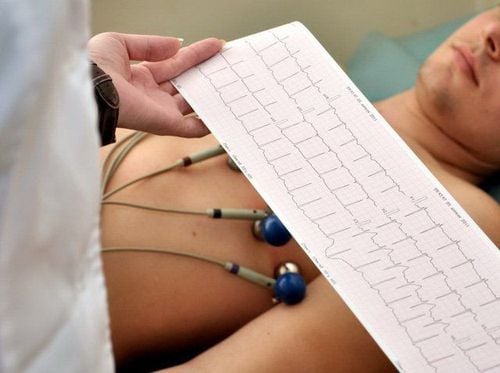
Một số loại xét nghiệm có giá trị cao trong chẩn đoán ngất do thần kinh phế vị
Tests to rule out disease may include:
Electrocardiogram (ECG): Can detect abnormal heart rhythms and other heart problems that can cause fainting. In some difficult-to-detect cases, it may be necessary to wear a portable ECG machine for a day or as long as a month to monitor for abnormalities. Echocardiography: Using ultrasound waves to examine heart disease. Heart problems can be seen such as valve disease, heart muscle, birth defects, etc. that can cause fainting or fainting Stress test: Is actually studying the heart rate during exercise. The patient will wear a heart rate monitor while walking or jogging on a treadmill. Blood tests: A complete blood count can help evaluate underlying hematopoietic system disease, such as anemia, which can also cause or contribute to fainting spells. Tilt table test: If there is no heart problem causing the syncope, the person may need to undergo a tilt table test. The patient lies flat on the table, then the table changes position, tilts up at different angles and at the same time monitors heart rate and blood pressure to see changes affected by posture. When doing the tilt table test, it is possible to assess whether the patient has psychogenic pseudosyncope or vagus nerve syncope.
In case blood pressure and heart rate change little, the patient does not faint, the tilt table test is negative. Blood pressure and heart rate changed little, there was no syncope, but there were some symptoms such as dizziness, headache, shortness of breath... the patient's fainting was fake psychogenic syncope. Syncope accompanied by a rapid decrease in heart rate and blood pressure followed by a rapid return to normal in the horizontal position was diagnosed as vagal reflex syncope. Syncope occurs shortly after a few minutes on the tilt of the table, with a rapid decrease in blood pressure when fainting, a rapid return to normal when lying horizontally and little change in heart rate: This case may be due to orthostatic hypotension. .
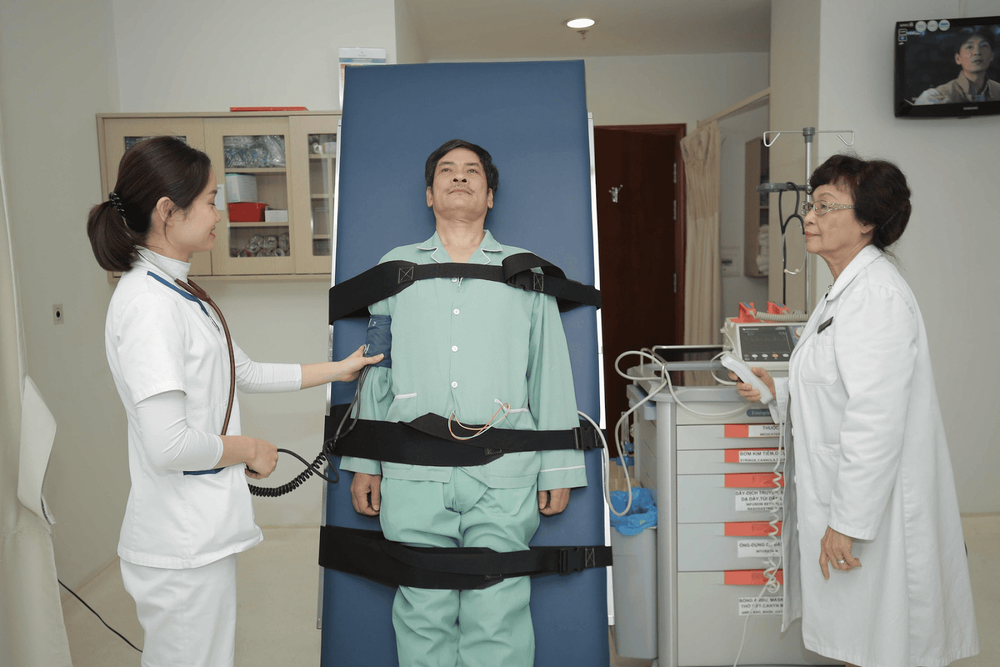
Thử nghiệm bàn nghiêng dùng trong chẩn đoán ngất do thần kinh phế vị
3. Prevention of vagal syncope
When you see symptoms of pre-syncope such as dizziness, darkening of the face, dizziness, it is best to lie down and raise both legs. This helps maintain, not reduce blood flow to the brain.
If you cannot lie down, sit down and keep your head between your knees until you feel relief from the signs of pre-syncope.
Vovagal syncope is common and can occur at any age, but it can be caused by other abnormalities in the heart or organs. Therefore, it is important in the diagnosis of vagal syncope to rule out potentially dangerous physical causes of the condition.
In fact, syncope can be an early sign of many different medical conditions. In case if fainting occurs frequently, affecting your health and life, you should see a doctor to find out the cause and have timely treatment.
Vinmec International General Hospital holds specialized functions in the examination and treatment of diseases related to the Nervous system. When the examination is always performed by a team of well-trained doctors at home and abroad. Currently, the hospital is always highly appreciated by professionals and customers from service and quality to the process of medical examination and treatment.
Please dial HOTLINE for more information or register for an appointment HERE. Download MyVinmec app to make appointments faster and to manage your bookings easily.




